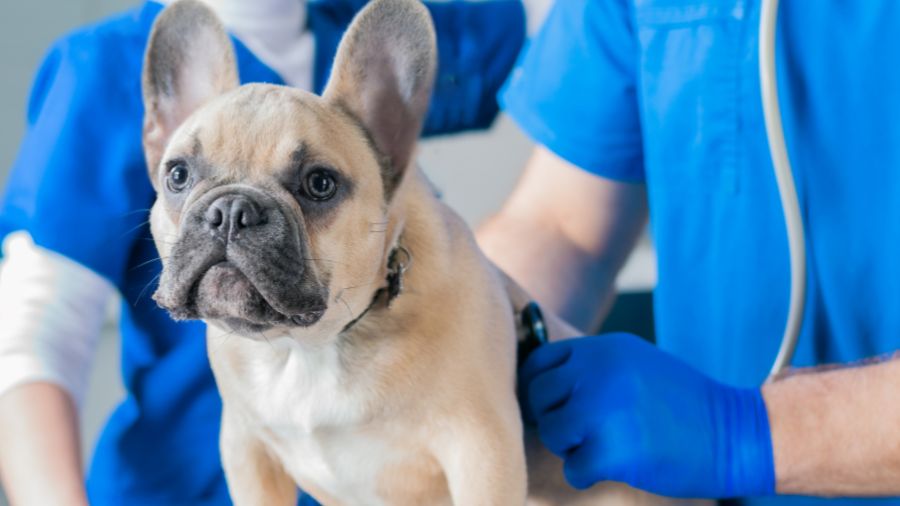Veterinary Medicine Trends, Market Insights, and Future Prospects
12 December, 2023

In the reign of veterinary medicine, a noteworthy transformation is unfolding, reshaping the industry and ushering in a new era of animal healthcare. From equine medicine to canine care, livestock health, and exotic pet medicine, these segments are experiencing remarkable shifts and advancements.
Equine medicine, a pivotal aspect of veterinary care, is undergoing substantial research and development. With a robust annual growth rate of 15%, the market is expanding, fueled by breakthroughs in regenerative therapies and personalized pharmaceuticals. The demand for specialized treatments, especially for racehorses and sport horses, is on the rise, reflecting an increased emphasis on performance and well-being.
Canine medication, a thriving market, is witnessing a surge in demand, driven by heightened awareness among pet owners about preventive healthcare. Data indicates a 20%
Read More : What to do if your pet is having a seizure?
uptick in the consumption of veterinary pharmaceuticals for dogs. This surge encompasses supplements, preventive medications, and tailored treatment plans, contributing to a highly competitive market with significant investments in research to meet evolving pet care needs.Livestock healthcare is gaining global attention as concerns over animal welfare and food safety intensify. With an impressive annual growth rate of 18%, the market reflects the integration of technology in monitoring and disease prevention, ensuring sustainable and ethical practices in animal farming.
Exotic pet medicine, once considered a niche market, is steadily gaining prominence with a consistent 12% annual growth. The rise in popularity of unconventional pets, including amphibians, reptiles, and small mammals, has led to a surge in demand for specialized medical attention, nutritional supplements, and diagnostic services.
Analyzing the statistics, the veterinary medicine industry is not only robust but also adaptive, projected to reach $40 billion by 2025 with a compound annual growth rate (CAGR) of 16%. This growth is attributed to factors such as the humanization of pets, technological advancements, and increased pet adoption during the global health crisis.
A notable industry trend is the integration of technology in diagnostics and treatment, ranging from wearable devices for pets to telehealth consultations. This aligns with the growing demand for personalized care plans, as pharmaceutical companies develop targeted therapies for specific breeds and conditions.
However, amidst this growth, regulatory hurdles and ethical concerns pose challenges. Varying standards across regions and ethical considerations regarding genetic modification in animal healthcare need careful navigation. Balancing innovation with ethical practices remains a key challenge for industry stakeholders.
In response to these challenges, global collaboration and product sourcing have become vital strategies. Veterinary medicine is a global endeavor, with partnerships between research institutions, pharmaceutical companies, and healthcare providers fostering innovation. The sourcing of raw materials for pharmaceuticals and the exchange of best practices are driving the industry forward.
